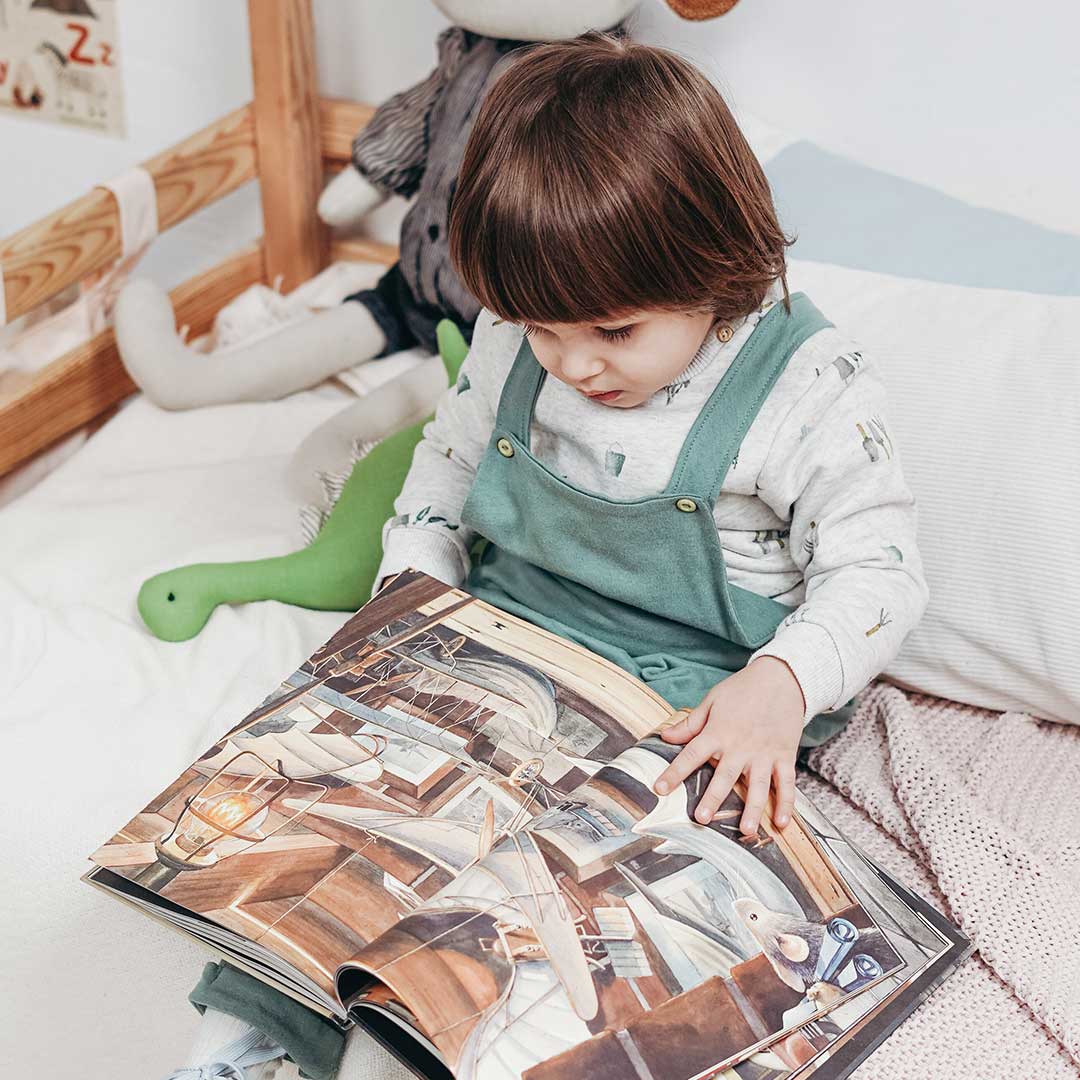Creating a Soothing Bedtime Routine – 7 Tips to Meet the Challenge
For toddlers and preschoolers, a soothing bedtime routine can often be the most challenging part of the day. It means another transition and separation from you, at the same time that everyone in the household is a bit tired and sometimes frazzled from a long day.
Every parent knows that bedtime routines should be soothing and predictable for their child. Dr. Douglas Teti, a Professor of Human Development and Family Studies from Penn State published a finding about the importance of bedtime routines. He studied 35 parents with children under 2 years old. Granted, not a huge study but his findings were validating. Dr. Teti states that children sleep better when their emotional needs were met and they felt attached to their parents. In other words, the parents needed to be:
- somewhat flexible in their routine (ie. mix it up with a puzzle one night instead of a book)
- responsive to their child’s needs at that particular moment, and
- the parent’s words and actions should match their behavior.

Children are so intuitive! Without realizing it our children teach us to be in the moment and nowhere else. When a frazzled parent tries to rush their child to bed, the child does pick up those signals.
Here are some tips that will help make your child’s soothing bedtime routine smooth and sleep inducing:
1. The Soothing Bedtime Routine is In Their Room
Perhaps the early stage can be in a younger sibling’s room, but not all over the house. Include stories, songs, or games that soothe, not stimulate. Make sure the rules for how many stories or how long you will read are completely clear and non-negotiable. Avoid wild, fast-moving games and scary stories.
2. Leave Time to Unwind
You need to leave at least a half-hour in that soothing bedtime routine for your child to relax and get the attention they need from you. Don’t worry, it doesn’t have to take hours to have a peaceful bedtime routine — more like 20-30 minutes. If you rush it, she’ll be more likely to run out of bed, stall, or beg you to stay longer.
Need to sleep train your pre-schooler?
Read Sleep Training a Four-Year-Old — Ask the Sleep Lady
3. Be Consistent
If two parents take turns at bedtime, you don’t have to follow an identical script but you should have a similar routine, style, and response to bedtime power plays, fears, or manipulation.
4. Blame it on the Clock
If she starts bargaining for an even longer time with you, more stories or more songs, blame the clock. Calmly tell her the clock says you have to stop reading at 8:00p.m., so you have ten minutes. Then when it’s 8pm say “Oh, look! The clock says 8:00. Lights-out time. We can’t read any more books tonight. We’ll have to get upstairs earlier tomorrow night if we want to read more books.”
5. Give a Warning
“We have a few more pages in this book, and then Mommy is going to turn out the light.” Sometimes they like to turn out the light themselves. It’s another way they can “own” bedtime. It’s good to give some kind of indication that it’s going to be “lights-out” soon.
Got a lovey?
Read: The Lovey — Your Child’s First Best Friend
6. Try a Toddler Clock or Timer
“Oh, the music went on” or “Oh, the light changed, it’s time for bed.” If the clock ploy doesn’t work, feel free to blame The Sleep Lady! “It’s 8:00. The Sleep Lady says we have to turn out the lights now.” Toddler clocks are fantastic for teaching your toddler when it’s ok to get up in the morning too. At bedtime remind your toddler that they must stay in their bed until their wake up clock tells them its ok it get up. Be specific on your directions based on the type of clock you use.

7. Teach Creative Visualization
Visualization can help in your soothing bedtime routine. Some children will say, “I can’t do it; I can’t put myself to sleep.” Explain that everyone has trouble going to sleep sometimes, even Mommy and Daddy, and then teach them some simple relaxation techniques and creative visualization. Children have such wonderfully active imaginations, they are actually better at visualization than we are. They may not understand the word visualization, but they certainly get pretend and imagine. They can learn how to think relaxing thoughts at bedtime, how to close their eyes and imagine playing at the beach, building a snowman, taking a summer walk with their cousins in Vermont. This can be particularly helpful if your child is scared or has a nightmare and is having trouble going back to sleep.
Favorite Books can Help a Soothing Bedtime Routine
Try to build on the images in their favorite illustrated book and have them imagine entering the book to play with the characters (as long as there are no scary themes). My own girls loved playing “in” Angelina Ballerina. The mouse house illustrations were so inviting and warm. Your children will come up with their own suggestions and will pleasantly surprise you with their creativity. You might also want to teach your child deep relaxation techniques, the kind you do at the end of a good exercise class or before going into labor! Have her relax her toes, her feet, her ankles, shins, knees, and so forth, all the way up her body. If you don’t want to do this yourself, you can play a relaxation CD.
Is your preschooler getting enough sleep during the day?
Read: Naps for Preschoolers: Your 3 and 4-Year-Old Nap Questions, Answered
Encourage Imagination
Children also like applying their imaginations to a dream agenda. “Tonight I’ll dream about playing basketball.” Or “Tonight I will dream about building a sand castle.” Or “Tonight I will dream about being a beautiful ballerina.” It helps them feel more in control of what happens to them after they fall asleep, particularly if they are worried about having nightmares.
Child won't sleep and you don't know where to start?
There is a gentle, proven method to get a good night's sleep for you and your child...
The “Dream Cards” (available below ) might help children feel in control of their dreams. The cards guide children through a progressive relaxation exercise and have several images for dream ideas such as a tree house, a beach scene, a field of flowers, and a rainbow. They’ve worked for many children!
Try Dream Cards and the lullaby MP3 download “Sweetest Dreams”, available for sale for $29.95 by clicking here. Good luck with your new soothing bedtime routine!







